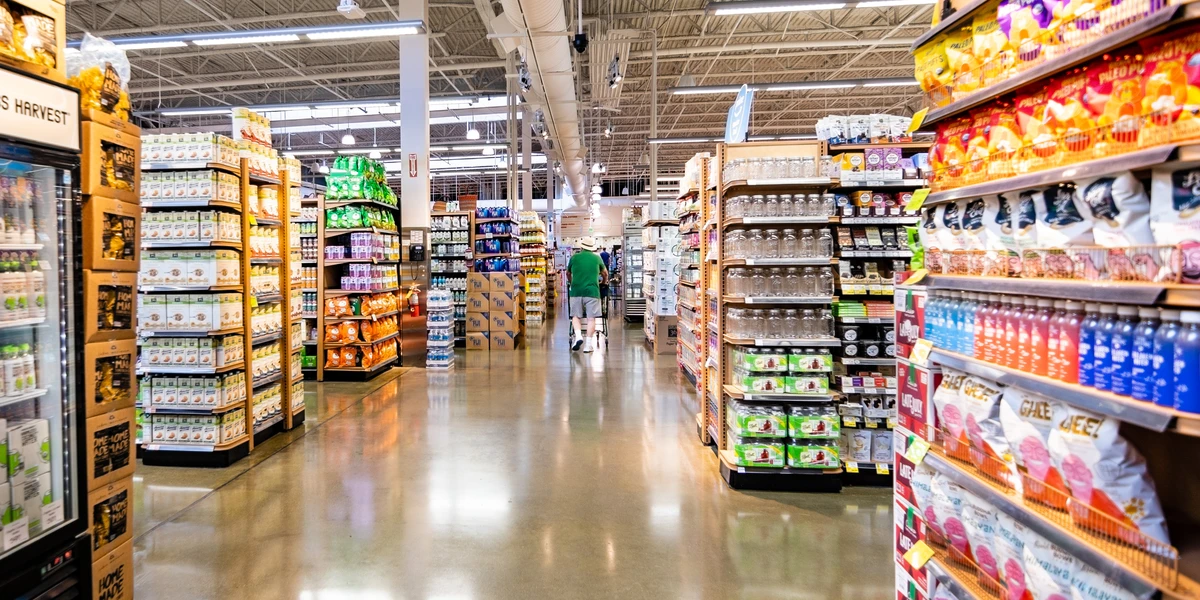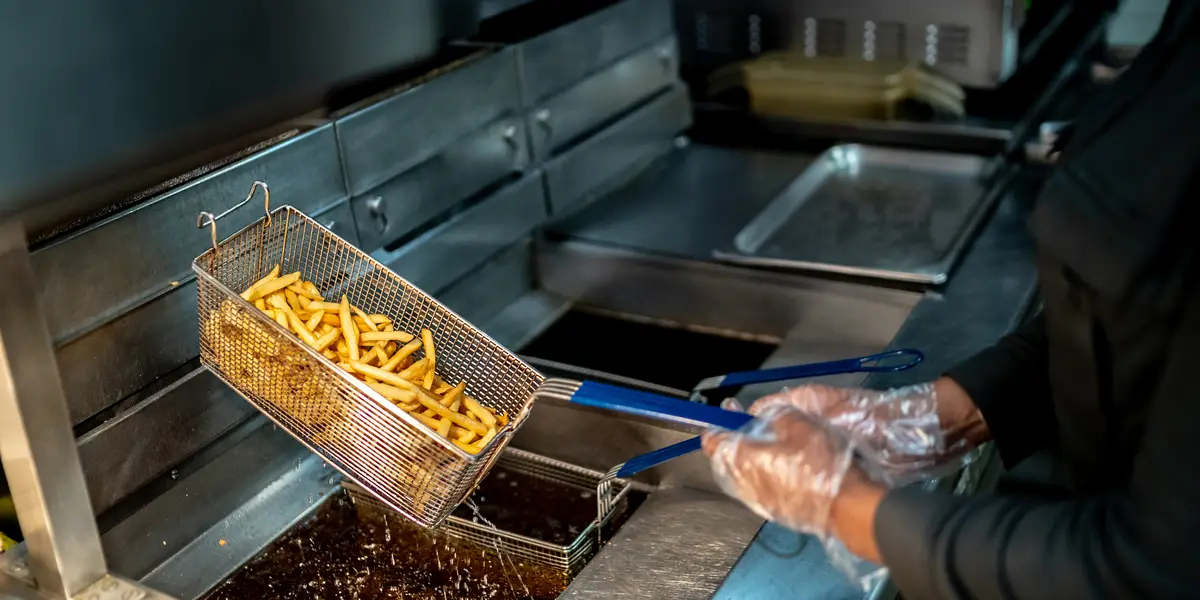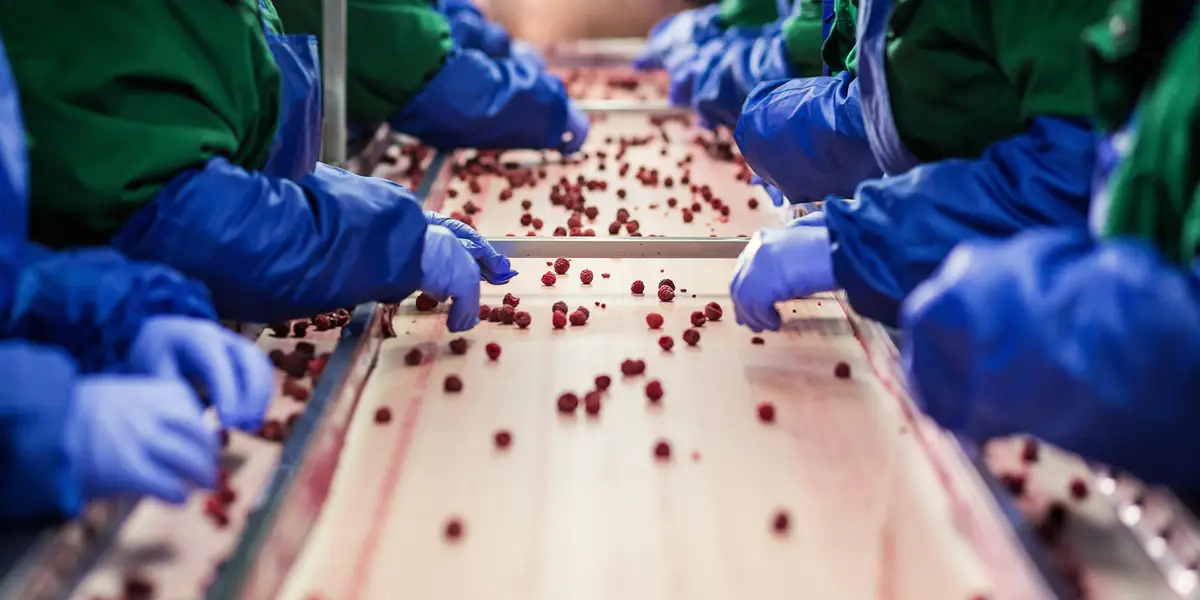Running to the store. A simple enough task for consumers able to muster the free time, reliable transportation, and disposable income needed to pop by their local Ralphs, Publix, Safeway, or Meijer supermarket and pick up a little something to eat. Or, conversely, an ordeal for the roughly 19 million food-insecure Americans lacking access to any or all of the above.
While Americans were forced to wrestle with pandemic-related problems that disrupted global supply chains over these past few years, our nation has spent decades combating food shortages of our own making. Defined as geographic areas where residents have few to no convenient options for affordable and healthy foods like fresh fruits and vegetables, food deserts typically plague low-income and/or communities of color that are home to more snack-filled corner shops and sandwich-hawking convenience marts than grocery stores offering farm-fresh produce. Food deserts lack options for affordable and nutritious food choices.
A Local Look
Take South Los Angeles, for example. The community with a vibrant culture stemming from its predominantly Latinx and Black population is one with extremely limited access to fresh food. This insufficient access paired with a drought of large grocery retailers (See Figure 1) has resulted in an overabundance of fast food restaurants, liquor stores, and small convenience stores. Ultimately, the options afforded to South Angelenos lead to poorer health outcomes. A recent study found that people who consume high amounts of processed foods are up to 7 times more likely to experience an early-life stroke, have double the risk of heart attack, double the risk of diabetes, and 4 times the risk of renal failure.
With 56.7% of its population being Latinx and 38% being Black, the food insecurity prevalent across South LA also disproportionately impacts communities of color. Specifically in the state of California, nearly one-third of all Latinx and Black individuals are obese, compared to only one-fifth of white Californians.
By intentionally investing in South LA neighborhoods, large retailers can increase access to healthier options, combat negative health outcomes, and promote socioeconomic equity for all Angelenos.
But opening stores is only the first step in erasing food deserts from the map. That initial proximity issue — living within 1 to 10 miles of a fresh food-carrying retailer — is no longer the only concern, according to food insecurity researchers. “Even with perfect, universal access to food retailers, millions of Americans would not be able to afford enough food, or enough of the kinds of food, to meet their household’s needs,” Brookings Institution scholars wrote, billing expanded Supplemental Nutrition Assistance Program benefits and family-friendly tax credits as more mission-critical to closing the food access gap than “adding another grocer to a designated food desert.”
Growing Pains
Food deserts are not new to the pandemic. They existed long before instant yeast packets and all-purpose flour were scooped up by armies of homebound Americans committed to crafting home-baked bread. And they’ll likely expand as competing grocery chains keep swallowing one another, leaving fresh food-deprived communities at the mercy of discount chains overflowing with processed goods.
And while the Biden administration is working to strengthen the battered U.S. food supply chain, grocery stores and food retailers need to step things up as well. Rising costs, stagnant wages, and uncertainty about the direction of the economy are chipping away at budget-conscious clientele. But making rent, maintaining a well-trained staff, and keeping nearly barren shelves stocked as deliveries rot at backlogged seaports are factors taking their toll on retailers, too.
Slashing prices to meet in the middle seems virtually impossible. But so does charging more for basic necessities. Still, the money for retailers and clients must come from somewhere. Digging for it requires keeping an open mind and a willingness to flood food deserts with creative thinking.
Beyond Spreadsheets
Store owners and managers can’t simply peruse stale receipts looking for transactions to forecast their communities' needs. An understanding of the exact customer is required.
Grocery stores’ purpose is not just moving products and ringing up sales. It’s people service.
Who’s living in that community? Who’s hunting for savings down every aisle? Time-crunched single moms who rely on grab-and-go meals to get dinner on the table as soon as they walk in the door? Cash-strapped families happy to cook together but who could use some help mixing up their nightly menu?
What does the area desperately need? Hiring more locals, so neighbors see familiar faces smiling back at them and return often to support family and friends? Cultivating a community garden so curious customers can learn, firsthand, where their food comes from?
That invaluable intel isn’t going to jump out from some quarterly report. It flows from taking a good look around the area and regularly engaging with valued customers. Retailers not only need to get to know the most vulnerable in their community, but they must also understand that a one-size-fits-all solution won’t do. For instance, if they’ve exhausted every possible cost-cutting measure and self-funded incentive available to them yet still feel like their customers remain underserved, grocers may need to turn to state or local government for assistance.
America’s Healthy Food Financing Initiative is one such resource available to “healthy food retailers and food enterprises.” And while the average food retailer may not think of itself as a candidate for the typical public-private partnership, there’s clearly a public interest in having fresh, healthy, real, whole food readily available across America.
A Partner in the Community
As daunting a task as it may seem, providing food security is a mission that must be embraced. If anything, taking concrete steps to pave over surrounding food deserts should demonstrate that a grocery store and its dedicated personnel are good stewards and trustworthy partners in the community.
There are plenty of ways to lay the groundwork for solutions, including getting one’s hands dirty by starting a community garden or even a rooftop farm like the ones designed by green space developer Brooklyn Grange. Grocery stores could also branch out by turning themselves into communal gathering spaces and hosting regular cooking classes, healthy eating workshops, nutritious meal planning tutorials, or satisfying any other needs community members bring to their attention.
Have some free space in the parking lot? Try hosting a weekend farmer’s market and offer local purveyors who participate a cut of the profits. Ceding ground on a homegrown vegetable or two out front (lettuce, zucchini, bell peppers) could prompt shoppers who’ve saved a few bucks on staples to head inside and purchase additional, complementary items with the money they’ve saved.
Already have an in-store loyalty program? Help customers stretch every hard-earned dollar even further by adding last-minute recipes, meal-planning tips, and off-brand ingredients they may want to try in a pinch to any downloadable grocery store app.
Catering to what every community truly needs is how grocery retailers can eliminate food deserts once and for all. It’s time to make food insecurity a thing of the past.
With more than 25 years of legal and environmental experience, Janna Sidley is a core member of the Infrastructure and Public Sector Practices at Ichor Strategies. Veteran data analyst and geospatial mapping professional Colin Adams supports the Community Team at Ichor Strategies.




